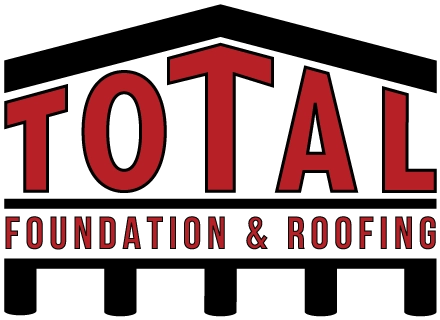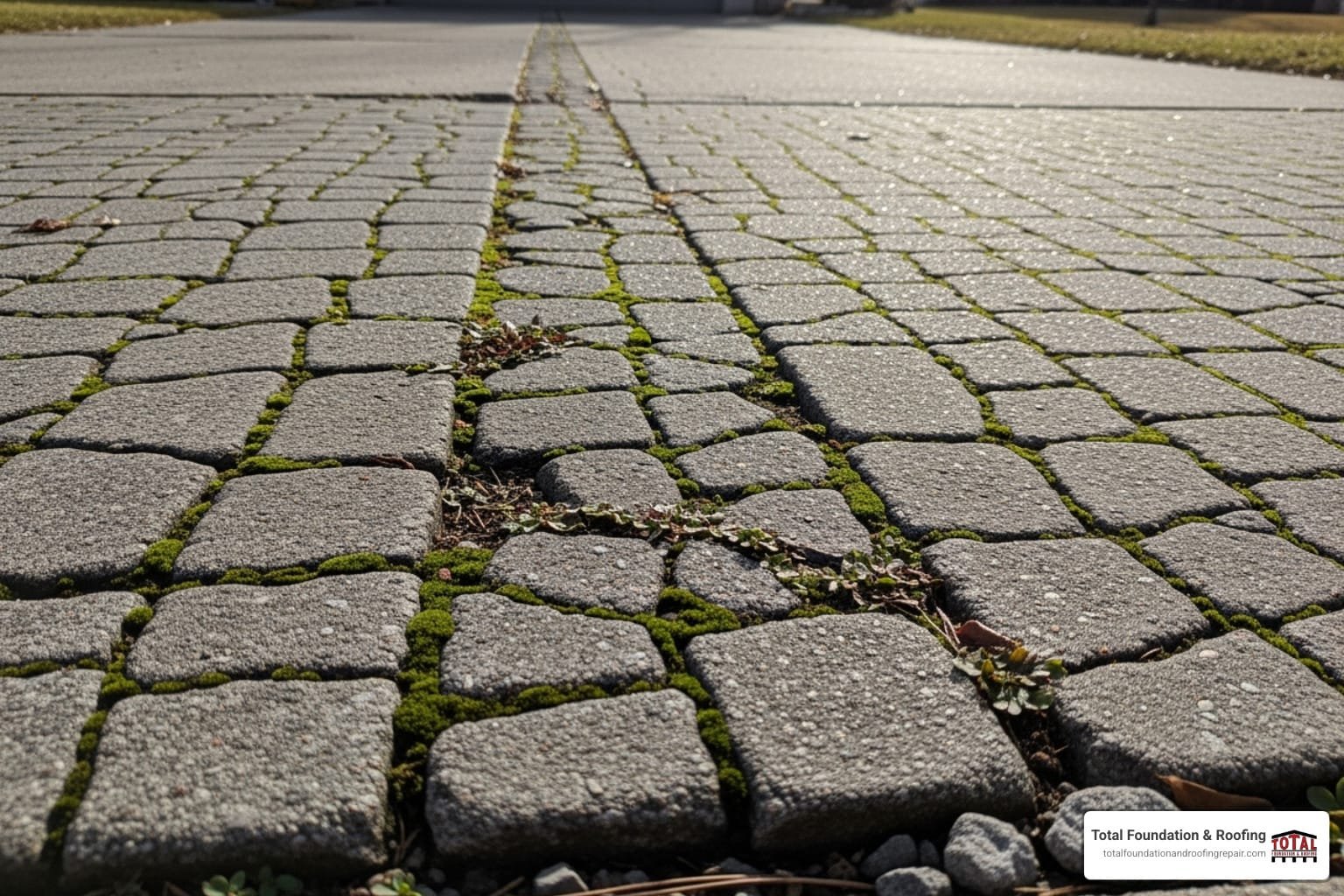Table of Contents
ToggleWhy Hidden Roof Leaks Cost Texas Property Owners Millions
Hidden water damage is a silent destroyer. For property owners in the Texas Hill Country, finding a reliable partner for home and commercial services is the first step in protecting your investment. Billions of dollars are lost annually to premature roof failure, often from moisture that goes undetected until major damage occurs. Traditional leak detection methods can be invasive and may miss widespread issues.
Thermal imaging to detect roof leaks uses infrared cameras to spot hidden moisture that other methods miss. Here’s how it works:
- Heat Detection: Wet areas retain heat longer than dry materials, showing up as warm spots on thermal images.
- Temperature Differences: Cameras detect variations as small as 2-4 degrees between wet and dry insulation.
- Non-Invasive: No cutting or drilling is required; scans are done from the roof surface or interior.
- Optimal Timing: Best performed at dusk (warm weather) or morning (cold weather) for maximum contrast.
- Professional Verification: Findings are confirmed with moisture meters for 100% accuracy.
Since the 1970s, infrared (IR) thermography has revolutionized how we find roof leaks by making the invisible visible, preventing costly surprises for property owners. Our team uses this proven technology to identify moisture problems early, saving clients thousands in potential structural damage.
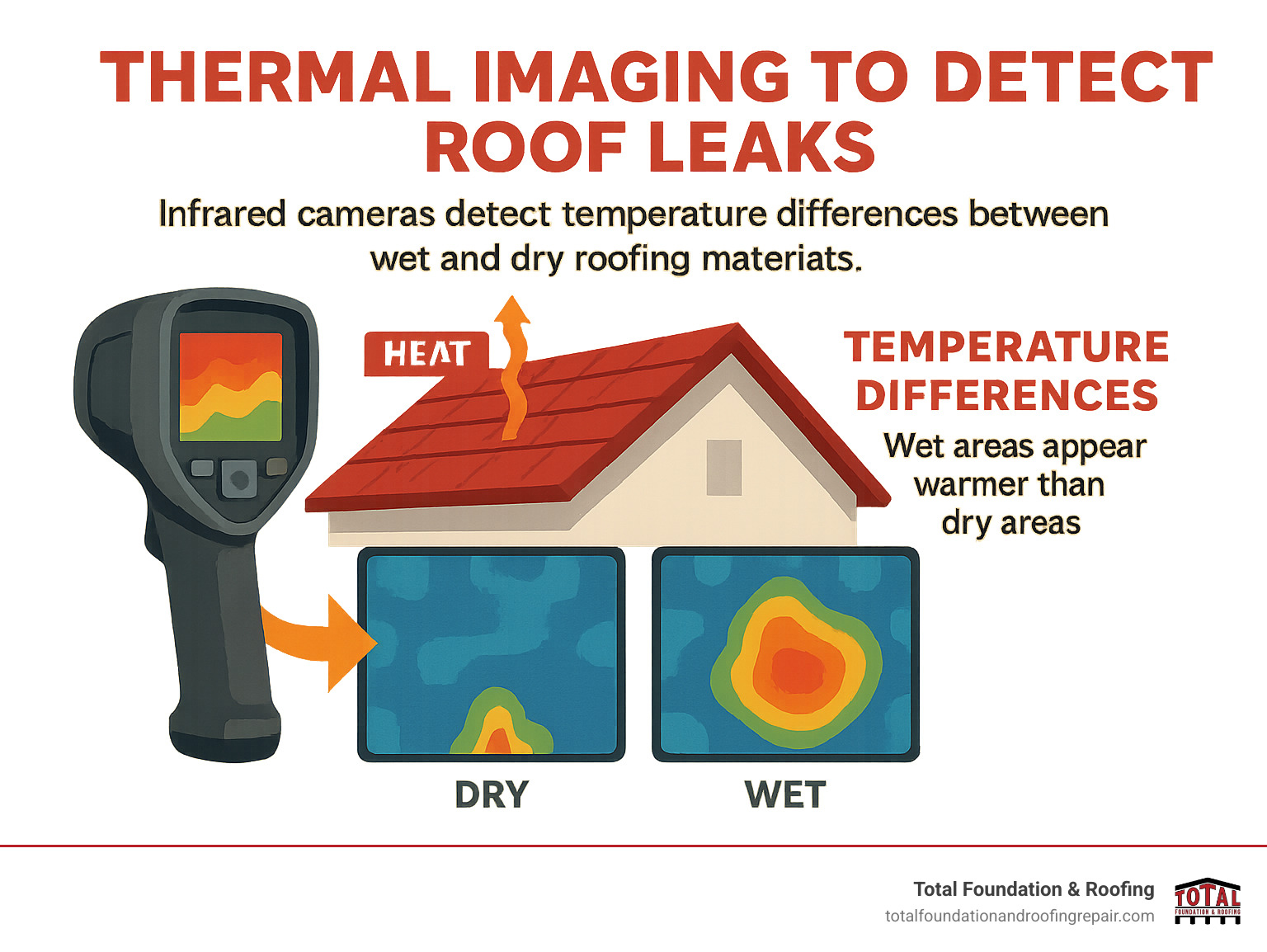
The Science Behind the Scan: How Thermal Imaging Finds Hidden Leaks
Everything around us gives off invisible heat energy called infrared radiation. While our eyes can’t see it, thermal cameras can, revealing hidden moisture that has been causing problems for months. The science relies on two key principles: heat capacitance and evaporative cooling.
Water has a high heat capacity, meaning it absorbs and holds onto heat much longer than dry materials. This gives wet insulation a higher thermal mass, causing it to heat up and cool down at a different rate than the dry areas around it. Additionally, as moisture evaporates, it pulls heat away from the surrounding area, creating further temperature differences that show up clearly on thermal images. These variations create distinct heat patterns that trained professionals can read like a roadmap to your roof’s problems.
What is Infrared (IR) Thermography?
Infrared thermography gives inspectors a way to see heat. Instead of detecting visible light, thermal cameras pick up heat signatures and translate them into a color-coded image. Hot spots might appear red or white, while cooler areas show up as blue or black. This technology makes the invisible visible by converting thermal energy into electronic signals that reveal hidden issues.
IR thermography has been used in building inspections since the 1970s. Originally used for large commercial buildings, modern equipment is now advanced and portable, making it an essential tool for residential inspections too. Its applications extend beyond roofing, but using thermal imaging technology to find problems in your roof is where it truly shines for property owners.
How It Detects Moisture in Your Roof
The secret behind thermal imaging to detect roof leaks is a process called solar loading. On a sunny Texas day, your roof absorbs a massive amount of heat. Both wet and dry areas soak up the sunshine, but they release that heat differently.
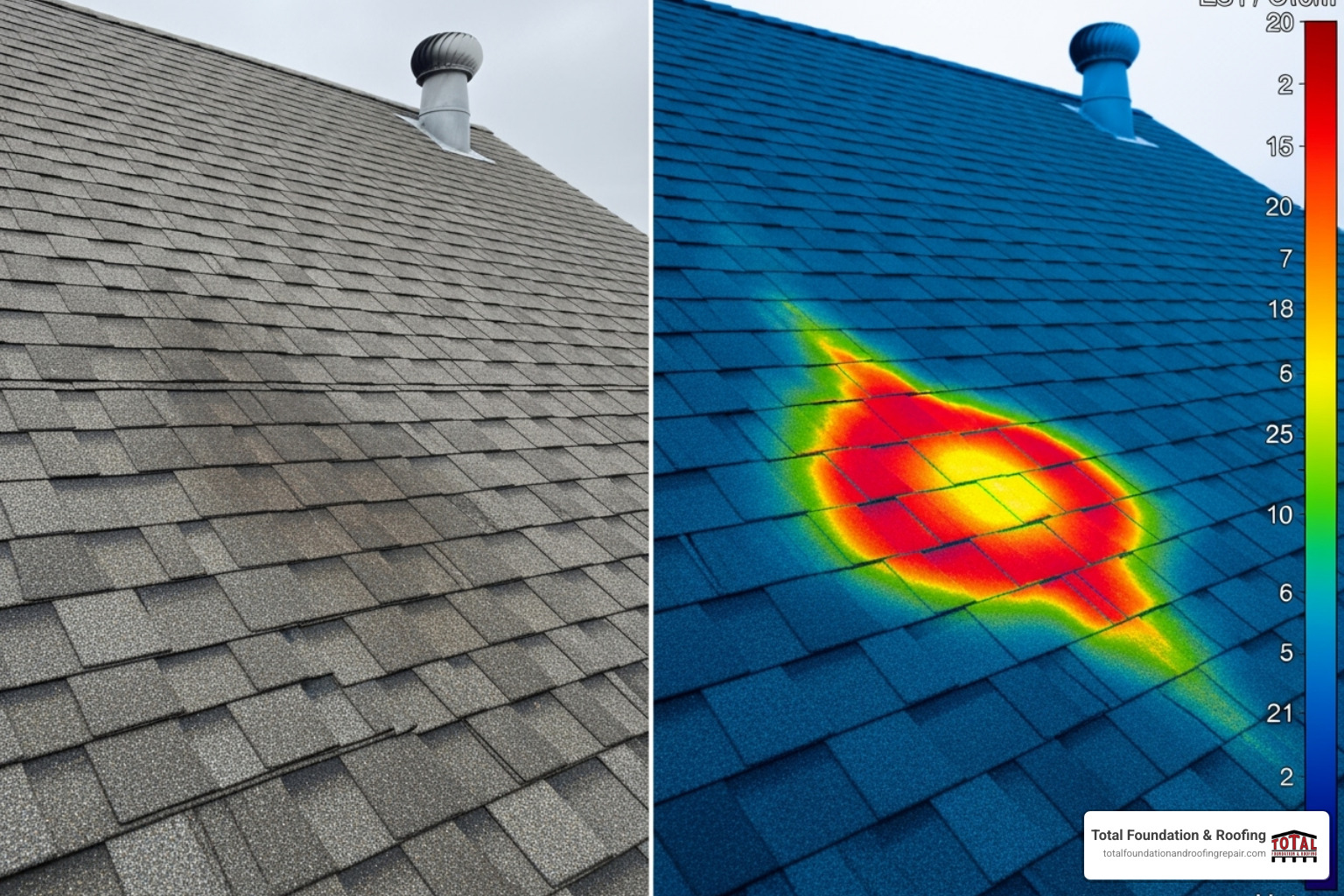
Because water has a high heat capacity, wet insulation and roofing materials act like thermal batteries. They hold onto heat much longer than dry materials. As the sun sets and the roof cools, dry areas cool quickly while wet spots release their stored heat slowly. This creates a clear contrast on a thermal image, with temperature differences as small as 2 to 4 degrees showing up as warm, glowing spots against the cooler background. This process allows us to identify saturated insulation long before you see water stains on your ceiling, turning a potential major replacement into a manageable repair.
A Practical Guide to Using Thermal Imaging to Detect Roof Leaks
When we use thermal imaging to detect roof leaks, we follow a methodical process to ensure we catch every problem area. This professional approach separates effective leak detection from expensive guesswork.
Step 1: Pre-Inspection Preparation
Before powering up the camera, we conduct a thorough visual assessment. We walk the roof surface to spot obvious issues like damaged shingles or clogged drains and identify the safest access points. We also map out heat sources like HVAC units and vents that could create false readings. Understanding your roof’s design, age, and repair history helps us focus our scan. When possible, we also examine the attic or underside of the roof deck for clues like water stains or damp insulation. For comprehensive professional services, see our Roof Leak Detection page.
Step 2: Conducting the Thermal Scan
For most flat or low-slope roofs, we perform a “walk-over” scan, systematically covering every square foot. Timing is critical; we typically scan at dusk as the roof cools, which creates the best thermal contrast. We maintain an optimal viewing angle (greater than 20 degrees) and follow a grid pattern to ensure complete coverage.
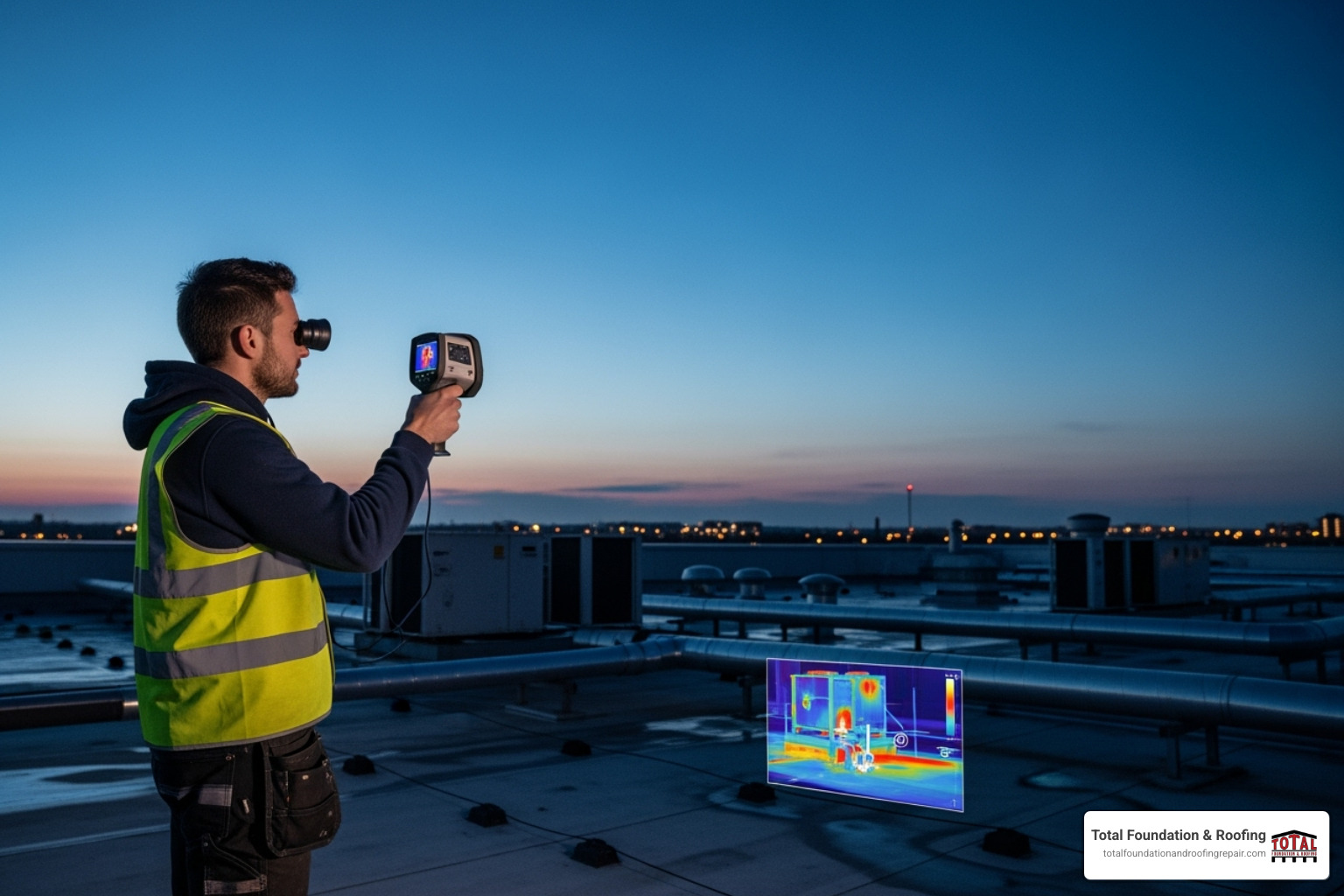
For larger or hard-to-access roofs, we may use aerial drones equipped with thermal cameras for efficiency and safety. As we scan, we capture both thermal and standard digital photos of any potential problem areas. This side-by-side comparison is invaluable for explaining our findings.
Step 3: Verification and Reporting
A thermal anomaly is just a clue. We verify every finding with non-penetrating moisture meters to confirm the presence of moisture without damaging your roof. In rare cases, a small core sample might be recommended for absolute confirmation, but only with your approval.
Once confirmed, we mark the problem spots on the roof with chalk so repair crews know exactly where to work. The final step is a detailed report with all images, readings, and clear explanations. This documentation provides the visual evidence you need for insurance claims or to plan an emergency roof leak fix. Our goal is to give you a clear, actionable roadmap to restore your roof’s health.
Maximizing Accuracy: Key Factors for a Reliable Roof Scan
The effectiveness of thermal imaging to detect roof leaks depends heavily on specific conditions and your roof’s construction. Getting accurate results requires the right timing, weather, and knowledge of how different materials behave.
Optimal Weather Conditions for an Accurate Scan
Weather is the most critical factor. The goal is to maximize the temperature difference between wet and dry areas. We need a dry roof surface, calm winds (under 15 mph), and the right temperature conditions.
Hot scans are for warm weather and are performed after sunset. They require a clear, sunny day for the roof to absorb heat (solar loading). Cold scans are for cool weather and rely on the building’s interior heat escaping, requiring a significant temperature difference (at least 18°F) between inside and outside.
| Factor | Hot Scan (Summer/Warm Climate) | Cold Scan (Winter/Cool Climate) |
|---|---|---|
| Timing | After sunset, during cooling period (dusk is often ideal) | Early morning or during the day |
| Prerequisites | Clear, sunny day prior for solar loading, outside temp > 10°C (50°F) | Significant inside-to-outside temp difference (>10°C / 18°F) |
| Wind | Less than 15 mph (strong winds can cool roof too quickly) | Less than 15 mph |
| Surface | Dry, no recent rain or dew (ideally 24 hours without precipitation) | Dry, no snow or ice (can mask thermal signatures) |
How Roofing Materials Affect Thermal Imaging
Different roofing materials have a major impact on scan accuracy.
- Ideal: Built-up roofing (BUR) and single-ply membranes like TPO and PVC are perfect. Their underlying insulation traps moisture, creating clear thermal signatures.
- Challenging: Highly reflective metal roofs can make it difficult to get accurate readings. Ballasted roofs with loose gravel can obscure thermal patterns.
- Incompatible: Some roof types, like inverted roof membrane assemblies (IRMA), green roofs, or roofs over lightweight concrete, are not suitable for thermal imaging because their construction masks moisture signatures.
Understanding these properties helps us determine if thermal imaging is the right tool for your roof.
Limitations and Potential Challenges
While powerful, thermal imaging to detect roof leaks has limitations. False positives can be caused by debris, shadows, or heat from vents. Multi-layered roof systems can hide moisture in deeper layers. Highly reflective surfaces can cause inaccurate readings due to low emissivity.
The technology also requires a temperature differential to work; a uniform roof temperature will not reveal leaks. It’s also important to know that thermal imaging shows the extent of moisture spread, which is vital for repair planning, but it doesn’t typically pinpoint the exact entry point of the leak. Despite these challenges, when performed by certified professionals, it remains an indispensable diagnostic tool.
Why Thermal Imaging is the Superior Choice for Your Roof
Modern thermography surpasses outdated inspection methods, saving you money and preventing serious issues. Understanding why thermal imaging to detect roof leaks is a breakthrough helps Texas Hill Country property owners make informed decisions.
Advantages Over Traditional Methods
Old leak detection methods often involved cutting holes in your roof or walls—an expensive guessing game. Thermal imaging transforms this into a precise science with several key advantages:
- Non-Destructive: We inspect your roof without causing any damage.
- Fast and Efficient: A scan that takes hours can replace days of invasive investigation.
- Comprehensive Assessment: We create a complete moisture map of your entire roof, not just one problem spot.
- Early Problem Detection: It catches moisture in its infancy, long before you see stains on your ceiling.
- Cost Savings: By precisely identifying problem areas, we avoid unnecessary tear-offs, saving you thousands.
- Visual Documentation: The thermal images provide undeniable evidence for insurance claims.
Preventing Further Damage and Health Risks
Hidden moisture is a threat to your property and health. It rots wood, corrodes metal, and ruins insulation, weakening your home’s structure over time. A damp environment is also a perfect breeding ground for mold and mildew.
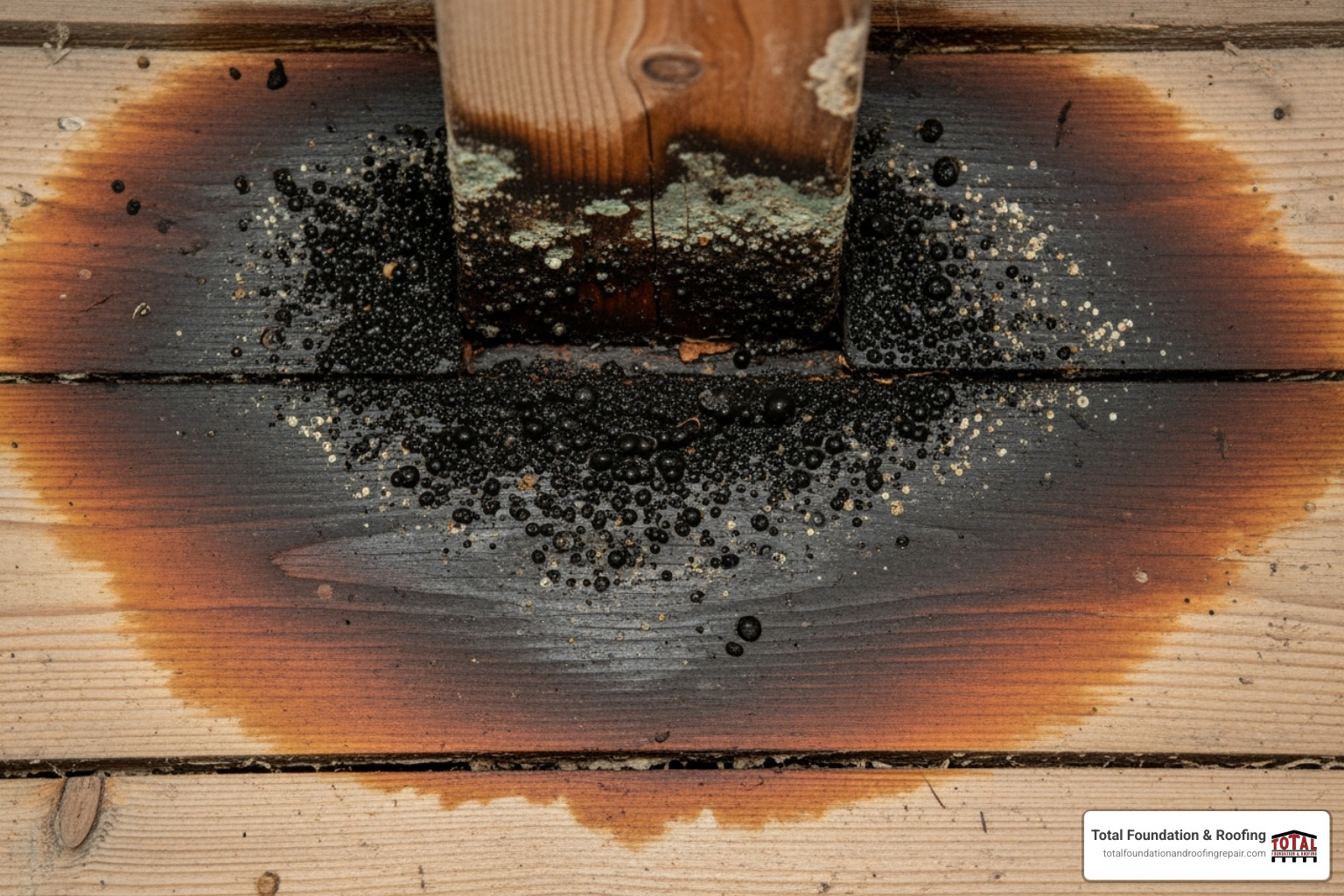
The EPA confirms that controlling moisture is the key to controlling mold. Thermal imaging helps us find and eliminate moisture before mold can grow, protecting your indoor air quality and preventing the health issues associated with mold exposure. You can learn more about mold and moisture from the EPA.
The Role of a Certified Thermographer
A thermal camera is only as good as the person operating it. A certified thermographer has specialized training in infrared science and building diagnostics. They know how to interpret complex thermal images, distinguishing real moisture problems from false positives caused by shadows or vents.
This expertise ensures reliable results. Certified professionals follow industry standards (like ASTM C1153) and understand when conditions are right for a scan. When making important decisions about your property, you need confidence in the data. That’s why it’s critical to hire an Infrared Certified professional who can provide an accurate and reliable assessment.
Frequently Asked Questions about Thermal Roof Inspections
Here are answers to the most common questions we get about thermal imaging to detect roof leaks from property owners in the Texas Hill Country.
How accurate is thermal imaging to detect roof leaks?
When performed correctly by a certified professional under optimal conditions, it is remarkably accurate. Our cameras can detect temperature differences as small as 2 degrees Fahrenheit. However, accuracy depends on factors like weather, roof material, and operator skill. To ensure 100% certainty, we always verify thermal findings with non-penetrating moisture meters.
When should I consider a thermal imaging inspection for my roof?
A thermal scan is a wise investment at several key times:
- After severe weather: Hailstorms or heavy rains can cause hidden damage.
- Before buying property: Avoid costly surprises by uncovering hidden roof issues.
- When you notice warning signs: Musty smells or faint stains can indicate hidden moisture.
- As part of regular maintenance: For commercial properties and flat roofs, proactive inspections prevent major problems and are essential for planning any flat roof leak repair.
Can thermal imaging be used on any type of roof?
It depends on the roof type. Thermal imaging is most effective on flat and low-slope roofs with insulation under the membrane (like TPO, PVC, or built-up roofs). It can be used on pitched residential roofs, but results can be affected by attic ventilation and shingle type.
However, it is generally not effective for certain types:
- Roofs with extensive ballast (loose rock)
- Highly reflective metal roofs
- Green roofs, or those with concrete pavers
Even if thermal imaging isn’t perfect for your roof type, it’s often the best first step to narrow down potential problem areas.
Secure Your Property with Expert Leak Detection
Hidden roof leaks are a silent threat, causing expensive structural damage and potential health hazards long before you see a single water stain. Thermal imaging to detect roof leaks is a proactive strategy to safeguard your investment.
This technology allows you to see what’s happening beneath the surface, catching small moisture issues before they escalate into major problems requiring costly replacements. For property owners across the Texas Hill Country, choosing the right professional makes all the difference. At Total Foundation & Roofing, we combine cutting-edge technology with deep knowledge of how Texas weather affects different roofing materials.
The peace of mind from a professional thermal inspection is invaluable. Our detailed reports provide clear visual evidence and an actionable roadmap for repairs. Don’t wait for hidden moisture to become visible damage. Professional roof leak detection ensures your home or business stays protected, dry, and structurally sound.
